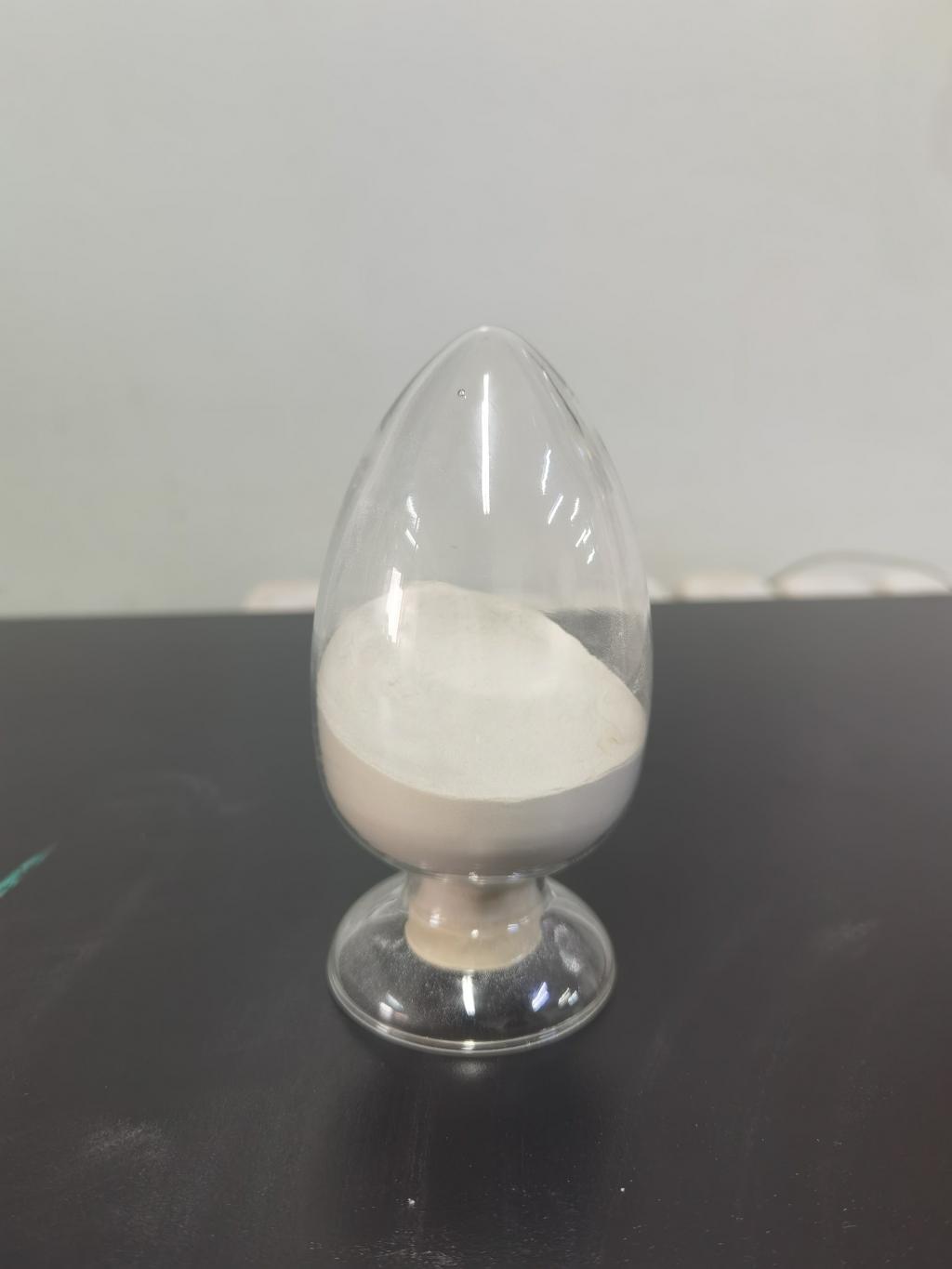Tel:+8618231198596

News
 CONTACT
CONTACT
 CONTACT
CONTACT
- Linkman:Linda Yao
- Tel: +8618231198596
- Email:linda.yao@dcpharma.cn
- Linkman:CHARLES.WANG
- Department:Overseas
- Tel: 0086 0311-85537378 0086 0311-85539701
News
Nisin's role in reducing the use of synthetic preservatives in food.
TIME:2024-05-28
Understanding Nisin
Nisin is a polycyclic antibacterial peptide produced by certain strains of the lactic acid bacteria Lactococcus lactis. Discovered in the 1920s, it was the first bacteriocin to be approved for use as a food preservative. Nisin is known for its broad-spectrum antimicrobial activity against a wide range of Gram-positive bacteria, including some foodborne pathogens such as Listeria monocytogenes.
Mechanism of Action
Nisin exerts its antimicrobial effects by disrupting the cell membrane of susceptible bacteria. It binds to lipid II, a precursor molecule involved in bacterial cell wall synthesis, leading to pore formation and eventual cell death. This unique mechanism of action makes it highly effective against target organisms while posing minimal risk of resistance development.
Applications in Food Preservation
Nisin's efficacy as a natural preservative has been demonstrated in various food products, including dairy, meat, poultry, seafood, canned foods, and beverages. It has been shown to inhibit the growth of spoilage bacteria and foodborne pathogens, thereby extending shelf life and enhancing food safety. Nisin can be incorporated directly into food formulations or applied as a surface treatment to control microbial contamination.
Advantages over Synthetic Preservatives
Natural Origin: Nisin is derived from a natural source, making it a desirable alternative to synthetic preservatives for consumers seeking clean-label products.
Safety Profile: Extensive studies have confirmed the safety of nisin for human consumption, with regulatory agencies such as the FDA and EFSA granting it Generally Recognized as Safe (GRAS) status.
Effective at Low Concentrations: Nisin exhibits potent antimicrobial activity at relatively low concentrations, reducing the need for higher levels of preservatives in food formulations.
Minimal Impact on Flavor and Texture: Unlike some synthetic preservatives, nisin has been found to have minimal impact on the sensory attributes of food products, preserving their taste, texture, and overall quality.
Regulatory Status and Market Adoption
Nisin is approved for use as a food preservative in numerous countries worldwide, with regulatory agencies setting specific guidelines regarding its permissible levels and applications. Its acceptance as a natural preservative continues to grow, driven by consumer demand for safer, more sustainable food products. Manufacturers are increasingly incorporating nisin into their formulations to meet these preferences while ensuring product safety and shelf stability.
Future Perspectives
As the food industry continues to evolve, the demand for natural preservatives like nisin is expected to rise. Ongoing research aims to further explore its applications, optimize production methods, and enhance its efficacy against emerging foodborne pathogens. Additionally, advancements in encapsulation technology may offer new opportunities for the controlled release of nisin in food matrices, improving its effectiveness and expanding its potential applications.
Conclusion
Nisin represents a natural, effective solution for reducing the use of synthetic preservatives in food. Its antimicrobial properties, safety profile, and consumer acceptance make it an attractive option for food manufacturers seeking to meet the demands for clean-label products without compromising on quality or safety. With continued research and innovation, nisin is poised to play a pivotal role in shaping the future of food preservation.
- Tel:+8618231198596
- Whatsapp:18231198596
- Chat With Skype







